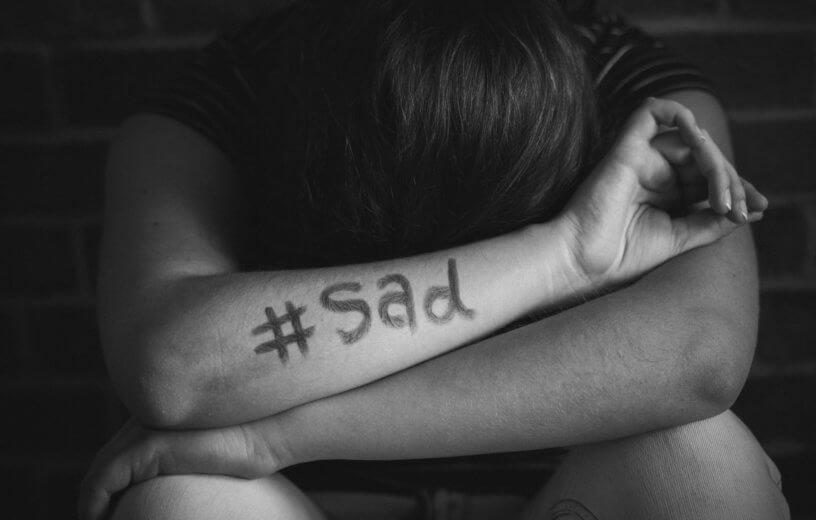BETHESDA, Md. — A high-profile celebrity suicide is an especially awful tragedy due to the number of lives that entertainers, such as actors or musicians, have the ability to touch while they are alive. Unfortunately, celebrity suicides are often followed by a spike in demand for suicide prevention services across the United States — but those services struggle to help all those in need when inundated with calls.
That’s the troubling finding of a study conducted by the National Institute of Mental Health (NIMH), which shows that suicide prevention services and hotlines are ill-equipped to deal with the surge in calls and demand immediately following celebrity suicides.
Here is a sobering statistic: suicide is the leading cause of death among people in the United States between the ages of 10 and 34. The U.S. suicide rate typically follows a predictable pattern; experiencing increases in the spring and summer. While mental health services can expect and adequately prepare for those seasonal spikes, highly publicized celebrity suicides seem to influence an additional increase in suicide deaths.
In order to analyze how well crisis mental health services deal with these sudden surges in demand, researchers examined suicide rates 30 days before, and 30 days after, actor Robin Williams’ suicide on August 11, 2014. Additionally, the percentage of calls placed to, and answered by, the National Suicide Prevention Lifeline (NSPL) following Williams’ death were analyzed.
Before Williams’ death there was an average of 113-117 suicide deaths per day; after his death, that rate increased to 142 suicide deaths daily. It is also worth noting that two-thirds of the suicides immediately following Williams’ death used the same method of suicide as the actor.
The day following Williams’ suicide, the rate of calls placed to the NSPL increased from 4,000-6,000 per day to 12,972 per day. That is a 300% increase. Even though the rate of calls increased dramatically, the percentage of answered calls actually decreased from 73% to 57% — showcasing the help center’s inability to properly deal with the surge.
Researchers say the study’s findings mean that crisis mental health services must be provided with additional funding, and manage their existing funds more efficiently. Contingency plans and strategies should also be developed in case another high profile suicide occurs.
“Shocking events, like Mr. Williams’ suicide, disrupt normal patterns in suicide rates, and cause an increase in both calls for help and imitative suicides,” says lead researcher Dr. Rajeev Ramchand, in a statement. “This highlights the need for additional and consistent support for crisis mental health services, including hospital emergency departments, law enforcement, poison control centers, and health departments, as well as the mental health resources that serve as referral sources.”
The study is published in the scientific journal Psychiatric Services.
